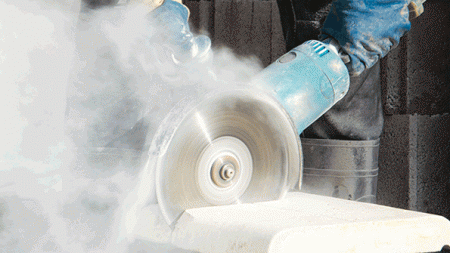
January 23, 2018
Everything You Need to Know About OSHA’s Respirable Crystalline Silica Final Rule


January 23, 2018

In March 2016, OSHA published the final rule “Occupational Exposure to Respirable Crystalline Silica.” The rule marks the agency’s first updated silica regulation since 1971. This article provides an overview of the rule’s requirements and what the future may hold for the regulation’s standards under the Trump administration.
What is Crystalline Silica? A known carcinogen of the lungs, crystalline silica is a common component of many building materials, including soil, sand, granite, and concrete.
Workers can inhale tiny, respirable particles of crystalline silica while performing activities such as abrasive blasting with sand; sawing brick or concrete; sanding or drilling into concrete walls; grinding mortar; manufacturing brick, concrete, stone, or ceramic products; and cutting or crushing stone.
During these tasks, silica particles at least 100 times smaller than ordinary sand can enter workers’ lungs and lead to the formation of scar tissue, or even silicosis—an incurable respiratory disease that in severe cases can be disabling or even fatal. Exposure to crystalline silica dust also can result in increased risks of lung cancer, kidney disease, and chronic obstructive pulmonary disease (COPD).
OSHA estimates that approximately 2 million U.S. workers are exposed to crystalline silica at work.
In order to better tailor requirements to specific work environments, OSHA has issued two separate standards as part of the final rule—one for general industry and maritime and the other for the construction industry. Both standards include industry-specific requirements and controls that employers can follow to ensure compliance.
What Prompted This Rulemaking? OSHA’s previous exposure limits for silica were more than 40 years old. For decades, scientific evidence has shown that the former exposure limits did not adequately protect workers from the adverse health risks associated with respirable crystalline silica.
Read More at OHSOnline.com